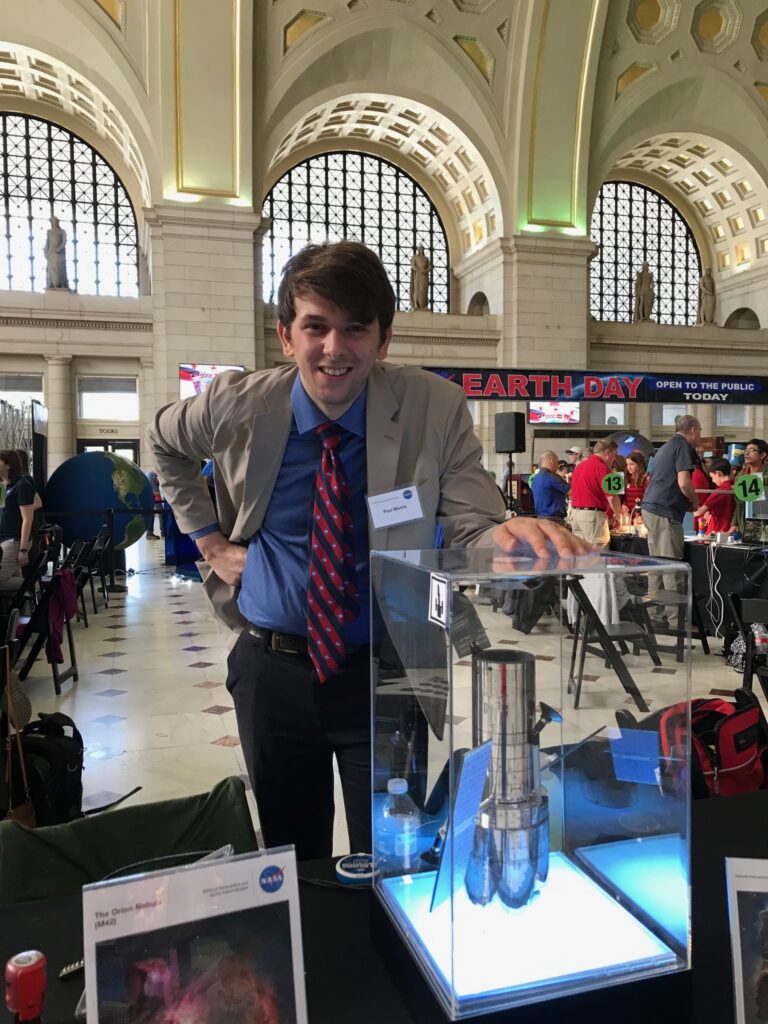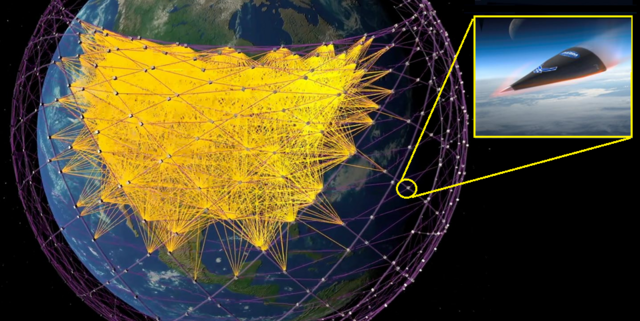“I’ve come a long way from thinking, ‘Well, I did this whole dissertation on geysers, what it would take for them to erupt, for a spacecraft to see them, and that people might not take me seriously as a scientist because of it,’ to being on the Europa Clipper camera team involved in investigating these plumes and ensuring we can image them if they’re there. It’s a full-circle moment.” – Dr. Lynnae Quick, Ocean Worlds Planetary Scientist, NASA’s Goddard Space Flight Center
Related posts
-

12-mile-tall volcano on Mars punches through clouds | Space photo of the day for June 10, 2025
A bit after sunrise on June 6, 2025, NASA’s 2001 Mars Odyssey orbiter saw one of... -

Paul Morris: Filming the Final Frontier
Video Producer – Goddard Space Flight Center What sparked your interest in video production, and what... -

Golden Dome: An aerospace engineer explains the proposed US-wide missile defense system
This article was originally published at The Conversation. The publication contributed the article to Space.com’s Expert...